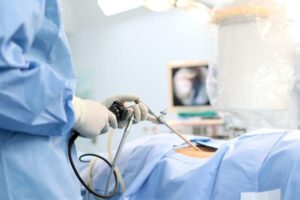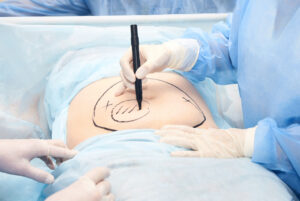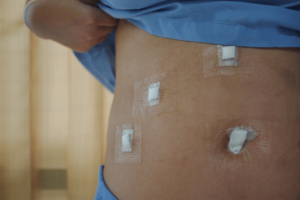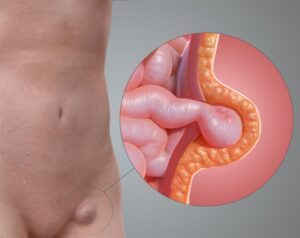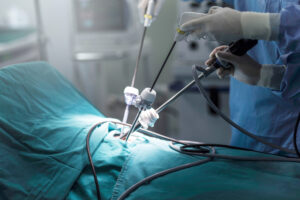Is laparoscopic (key-hole) surgery possible in all cases of gastric cancer?
Gastrectomy for gastric cancer via an open abdominal approach has been performed since the 1920s. Laparoscopic gastrectomy was first described in Japan in 1994 and the procedure is safe, feasible,
and oncologically sound when performed by experienced surgeons. Patient related factors such as medical conditions and cancer stage may influence the choice of open versus laparoscopic surgery. Patients with severe heart / lung disease may not tolerate prolonged pneumoperitoneum (carbon
dioxide (CO2) gas is insufflated into the abdominal cavity during laparoscopy surgery), open surgery is likely safer for this group of patients.
Patients with gastric cancer that has not invaded surrounding organs and without bulky lymph nodes are suitable candidates for laparoscopic procedures. Additionally, laparoscopic surgery is also an option for patients with locally advanced cancer that has downstaged following chemotherapy.
What are the possible complications of the operation?
The list of complications included is not meant to be exhaustive. Any complications may possibly lead to prolonged hospital stay, long-term disability and even death. Other than potential risks
associated with anaesthesia, the complications of gastrectomy include –
- wound infection / infection inside abdominal cavity
- leaking from a join made during surgery
- narrowing from a join made during surgery causing intestinal blockage
- internal bleeding
- internal / external hernia
- impaired gastric emptying
- dumping syndrome – a condition where food moves too quickly from the stomach to the small intestine, causing symptoms like nausea, cramping, and dizziness after eating
- nutrition deficiency
How much stomach will be removed?
The amount of stomach that needs to be removed during a gastrectomy depends on the location and extent of the disease (eg: tumour location), as well as the type of surgery being performed. Here are some common types of gastrectomies and their corresponding indications:
- Total Gastrectomy: Removal of the entire stomach. This is often performed for:
- Cancer that has spread throughout the stomach
- Cancer at the upper part of the stomach
- Distal Gastrectomy: Removal of the lower half of the stomach (about 60-70%). This is often
performed for:
- Cancer in the lower part of the stomach
- Proximal Gastrectomy: Removal of the upper part of the stomach. This is often performed
for:
- Early Cancer in the upper part of the stomach
How long is the recovery?
While the time to discharge from hospital after laparoscopic surgery is normally within 7 -10 days, recovery and time to healing differs between individuals. Post-surgery pain is normally tolerable,
and controlled with medicine. Mobility is normally achievable on the day after surgery, while the health care team watches for
signs of bleeding, infection or other complications.
Will I be able to eat and have a normal digestion after the operation?
After a gastrectomy, you can still consume food normally, but you will need to make some
adjustments to your eating habits. Here are some guidelines to help you adapt:
- Eat smaller, frequent meals more often
- Choose foods that are easy to eat (avoid raw / tough / chewy food)
- Eat slowly and chew your food well
- Limit the amount of liquids you have with meals
- Eat protein with each meal
- By making these adjustments, you can continue to enjoy a varied and satisfying diet while supporting your recovery and long-term health.



